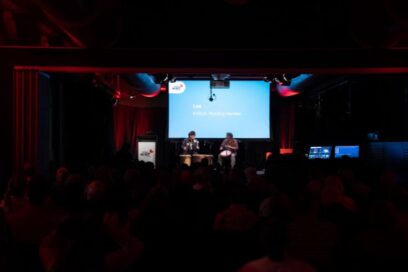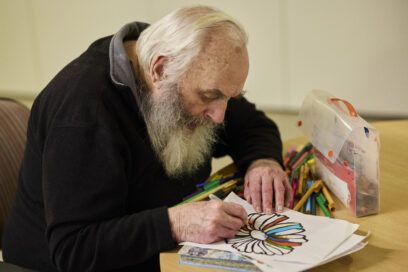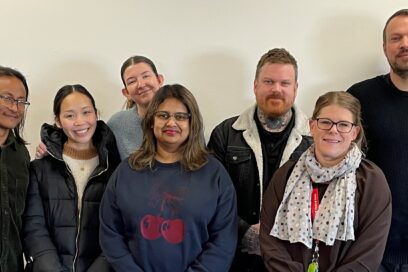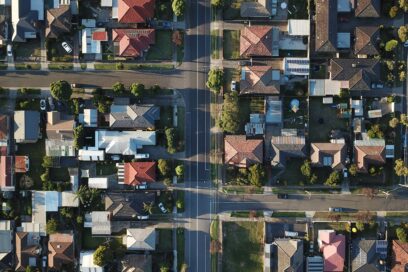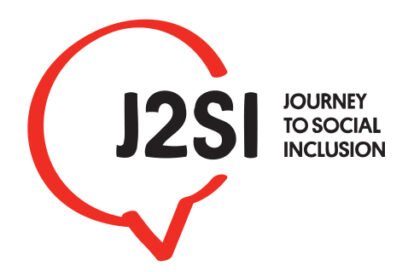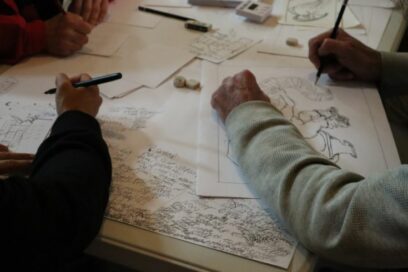Homelessness statistics in Australia
Figures below are based on figures from the Australian Bureau of Statistics (2021), Estimating Homelessness: Census, ABS Website, accessed 21 January 2025.
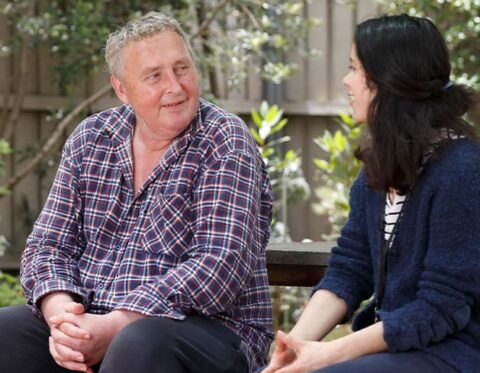
people were estimated to be experiencing homelessness at the time of the 2021 Census, an increase of 5.2% since 2016.

were female, an increase of 10.1% from 2016.
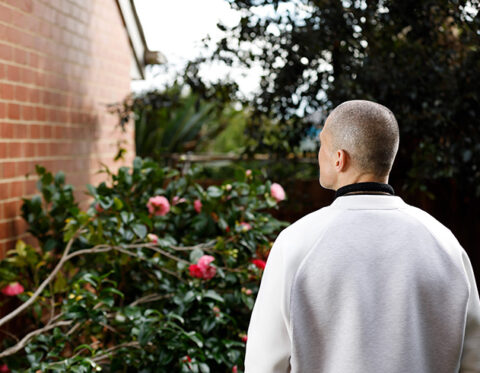
were male, an increase of 1.6% from 2016
Homelessness statistics in Australia
Of the increase of people experiencing homelessness in 2021, approx. 82% were women.
In Victoria, 30,660 people were reported as experiencing homelessness, which accounts for 25% of Australia’s total homeless population.
It is important to note that while people sleeping rough are often considered the ‘face’ of homelessness, in fact, the total number of people sleeping rough accounts for just six per cent of the homeless population. The remaining 94% comprises a range of distinct groups including:
- persons living in supported accommodation (20 per cent);
- persons staying temporarily with other households (14 per cent);
- persons living in boarding houses (18 per cent);
- persons living in other temporary lodgings (3 per cent) and
- persons living in overcrowded dwellings (39 per cent).
Between 2016 and 2021, there has been a 26.5% increase in people living in boarding houses, and a 14.4% increase in people in supported accommodation for the homeless; and small decreases in people rough sleeping and living in ‘severely’ overcrowded dwellings.
There are more people identifying as male than female among people without a home. Approximately 20% from Aboriginal and Torres Strait Islander backgrounds, approximately 23% of people experiencing homelessness were aged 12-24; and 16% aged 55 and over.
Impact of the Covid-19 pandemic on homelessness statistics
The 2021 Census was held on 10 August 2021, when states and territories in Australia were under varied COVID-19 pandemic related restrictions. A number of state and territory governments also worked with service providers to give temporary accommodation to people sleeping rough – or in crisis situations – to protect them, and the community, from the virus (ABS 2023). As a result, there was a concerted effort to ensure that people experiencing homelessness were counted in the Census.
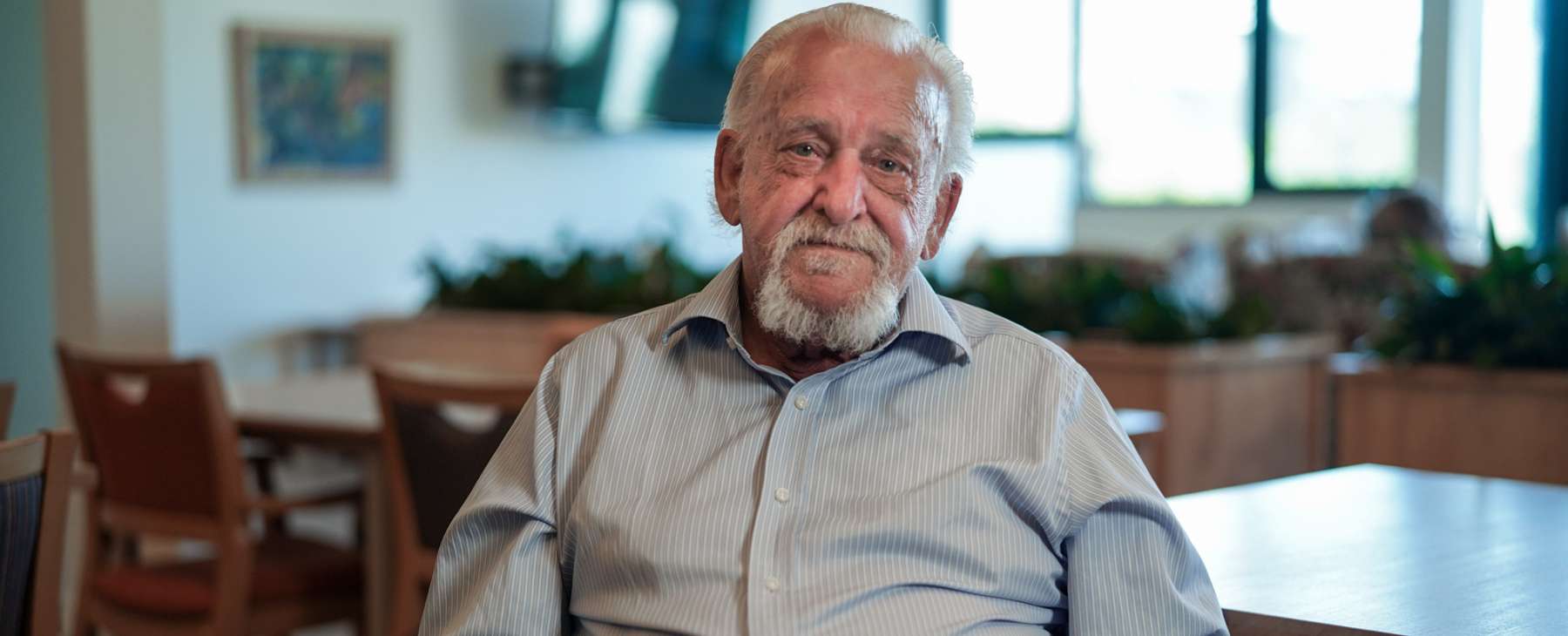
The causes of homelessness
Homelessness is a highly complex issue. People experience homelessness for a range of reasons, and not everyone will become chronically homeless. However, long-term or chronic homelessness, which we see frequently at Sacred Heart Mission is usually the result of a cumulative impact of a number of factors, rather than a single cause.
Key general factors that are recognised as significant contributors include:
Structural factors
Broad social and economic issues across society affect individuals. Shifts in the economy both nationally and locally can create challenges for people to earn an adequate income, pay for food and for housing.
Examples of structural factors include:
- Lack of adequate income – unemployment or underemployment; wages that do not provide a basic standard of living, as well as inadequate welfare assistance (for those unable to work)
- Lack of access to affordable housing – lack of affordable, safe and stable housing directly contributes to homelessness.
- Poor access to health care and health supports
- Poverty – being unable (consistently) to pay for necessities such as housing, food, childcare, health care, and education)
System failures
This includes when systems of care and support fail – when public services that are available in the community do not effectively prevent someone from experiencing homelessness, such as:
- When individuals are transitioning from a system of care or support into the community (such as out of home care or child protection systems, poor discharge planning from hospitals or inpatient mental health care, disability care, corrections, addiction recovery etc., lack of supports provided to migrants and refugees).
- Lack of early intervention within a specific care system that means an individual is experiencing crisis before obtaining support – for example mental illness that remains unaddressed, chronic health issues, addictive behaviours
Personal circumstances and relational problems
Individual and relational factors apply to the personal circumstances of a person experiencing homelessness.
- A specific shock event – such as property loss or damage – fire, flooding etc. or a loss of employment
- Personal crises, such as family breakdown, challenges experienced by other family members that impact the entire family
- Extreme poverty – many of Sacred Heart Mission’s clients live in entrenched poverty and need help to meet basic needs
- Family violence is a frequent contributor and cause of homelessness which can force individuals or families to leave home suddenly, without supports in place. It can affect people across the life course, but is a prominent issue for children, youth, and women
Experiences of trauma
People experience homelessness because they have been exposed to trauma, such as by leaving home suddenly and without support; but they are also more likely to be exposed to further traumatic incidents while experience homelessness. Trauma exposure in childhood and in later years can also impact a person’s social and emotional development. Research supports this hypothesis, and especially when people’s experiences of trauma include a violation of trust – this has been demonstrated to lead to post-traumatic stress disorder (PTSD). To effectively support our participants, we must work in a trauma-informed way. You can learn about trauma-informed care here.
Experiences of discrimination
Risks of discrimination are higher for people from diverse backgrounds including First Nations Peoples, sexual and gender diverse people and age-based discrimination.
In relation to housing and homelessness, discrimination is a key factor when it means that individuals and families are denied access to housing, homelessness services and/or employment. This is part of the reason why people from diverse backgrounds are more at risk of experiencing homelessness. Involvement with the justice system is frequently a barrier to re-establishing roots in the community.
Discrimination is both structural and personal; structurally – society privileges certain social groups above others, while the experience of discrimination is personal in nature.
Join our free email series to learn how you can make a difference for people without a home and develop your personal toolbox of ally actions. Start your ally journey today!
Long-term homelessness
As discussed above, many Sacred Heart Mission clients have experienced long-term homelessness – often the result of multiple difficulties, which compound and make the experience exponentially more complex and challenging to overcome. Research has found that there is a cyclical interrelationship between trauma exposure, mental ill-health, social disadvantage and long-term homelessness. This means that each factor drives and influences other elements, creating multiple barriers to recovery.
For example, trauma can lead to mental health difficulties, which can lead to social disadvantage and difficulty maintaining a tenancy. Often, these difficulties ‘feed in’ to each other, creating a cycle of long-term homelessness. How long-term homelessness presents is varied – it might be rough sleeping for 12 months or longer; or brief stays in a range of accommodation and periods of rough sleeping over a few years.
As such, Sacred Heart Mission targets some of its’ work specifically for people who are trapped within the cycle of long-term homelessness. We know that it is far better to intervene early and prevent people from falling into the cycle in the first place. This is why we have adopted a Continuum of Care approach to our services. This means that everyone who comes to us for support has access to the right support, for the right amount of time, to help them exit homelessness for good.
Our Journey to Social Inclusion (J2SI) program has been working for fifteen years to help people experiencing long-term homelessness to end their homelessness experience for good. J2SI provides three years of intensive support, alongside housing, to achieve this goal.
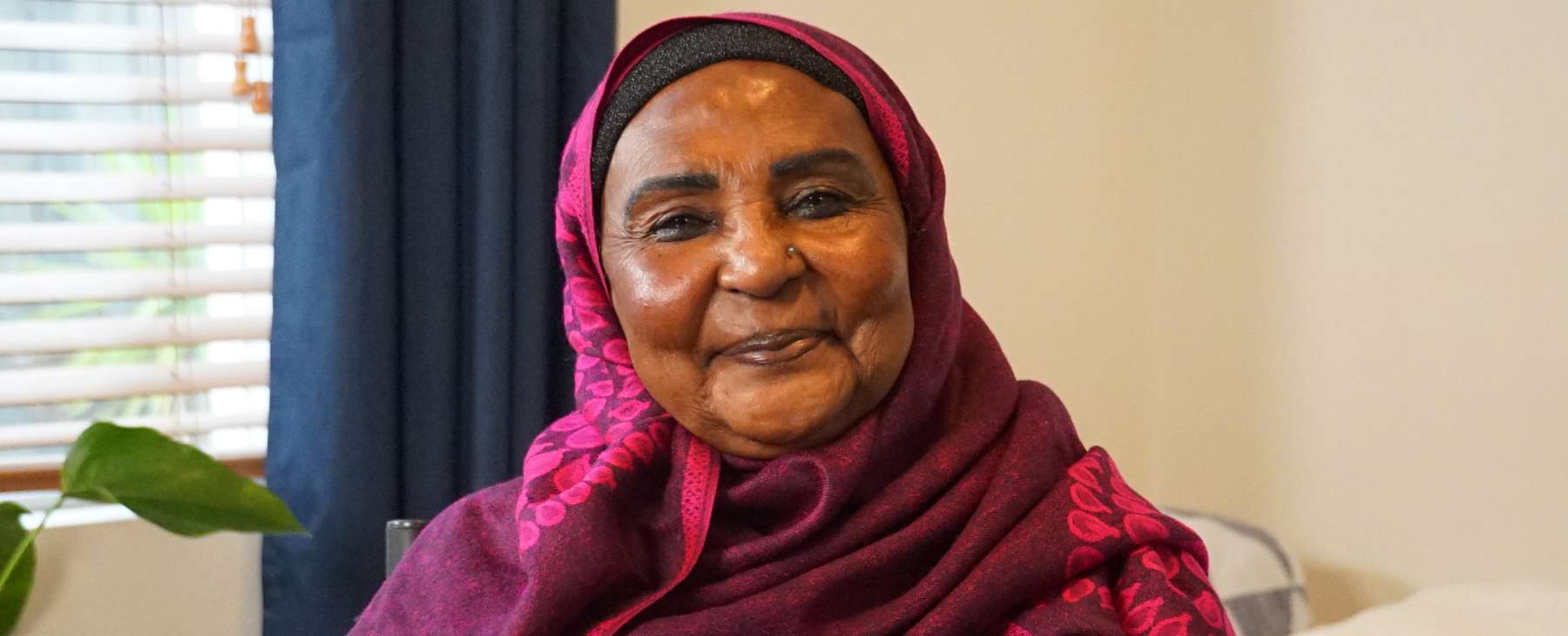
Top 5 reasons people present to Sacred Heart Mission (2023-2024)
- I’m homeless and need assistance to access housing (16.34%)
- For material and/or financial assistance or support (10.21%)
- Assistance with mental health issues (10.4%)
- Assistance with physical health issues (10.11%)
- I need support to remain living in my own home (9.85%)
You don’t have a home to go to. You don’t have something to do with yourself like a job… your hygiene becomes poor because you don’t have access to washing facilities.
Your diet, your eating, becomes affected because you don’t have access to food the same as you would if you have your own home.
How we work toward solving homelessness
We provide people experiencing homelessness, deep disadvantage and social exclusion with tailored support and resources to create the life they want to live. In partnership with individuals and communities, we promote a fairer and more inclusive Australia.
We are committed to strengthening communities through inclusion, empathy and social justice so that everyone is respected and celebrated for who they are.
We work in deep collaboration with service participants and communities. Founded on the principles of Catholic Social Teaching and guided by lived experience voice, we deliver trauma-informed, evidence-based services that focus on building trust and respect in relationships.
Further information
For further information about homelessness in Australia, such as definitions, statistics, facts and figures, visit:
- Australian Bureau of Statistics, Estimating Homelessness, Census 2021
- Homelessness Australia
- Council to Homeless Persons
- Australian Council to Social Services
- Australians for Affordable Housing
- Victorian Council to Social Services
- Australian Housing and Urban Research Institute
- Canadian Observatory on Homelessness – clear summary of the causes of homelessness.
* Data from the 2021 Census of Population and Housing, Australian Bureau of Statistics
Don’t miss a beat
Learn more about homelessness and how we can solve it together in our newsletter, Heartbeat

